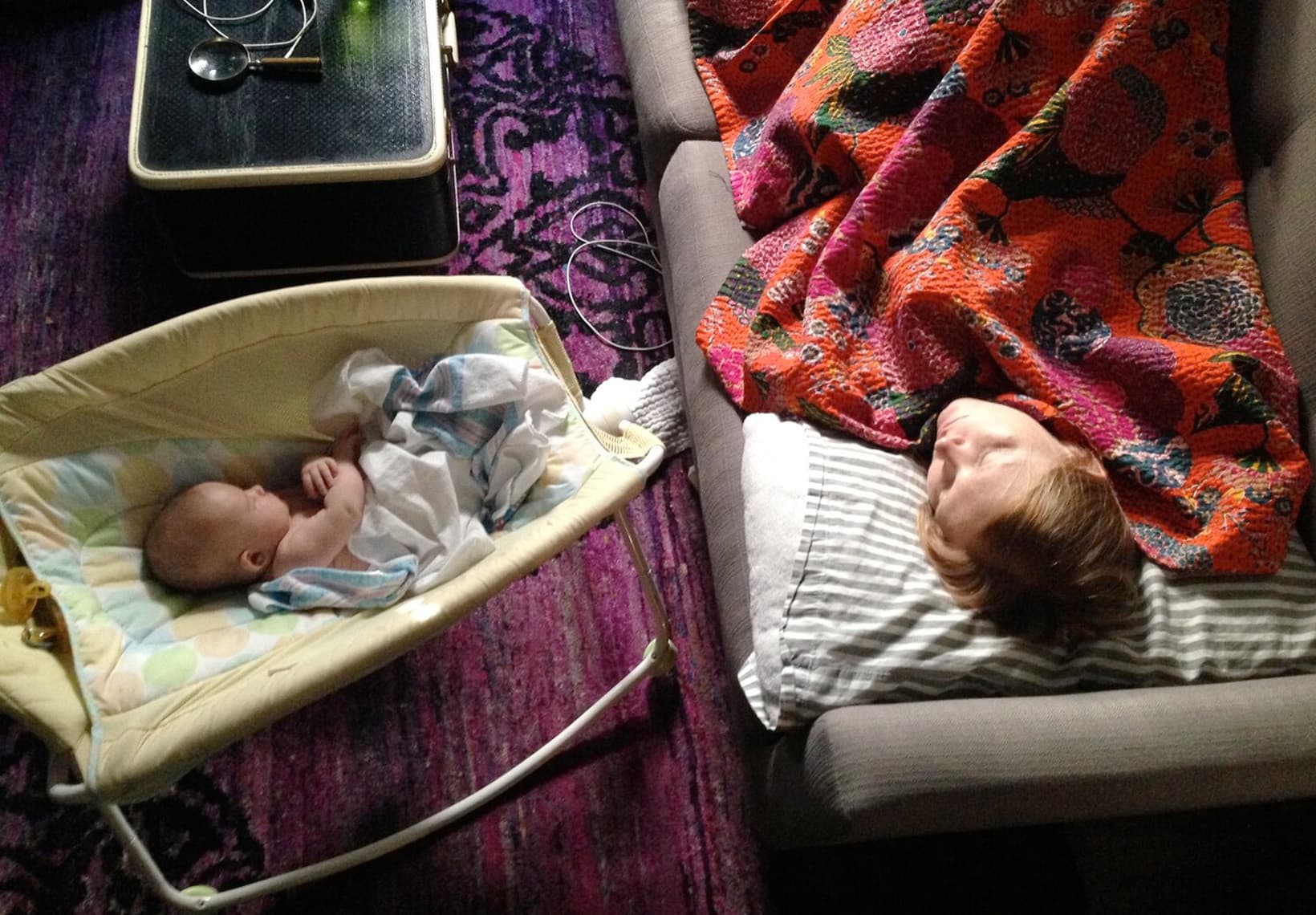As a birth educator and doula, I am so pleased that postpartum planning is becoming common practice. Having a baby disrupts our bodies, our minds, our homes, and our relationships, with lasting effects for years to come. Getting information ahead of time allows you to manage expectations and strategize for success. Even in the five years since I first gave birth, there are dramatically more books, podcasts, and classes to help families prepare for the good, the bad, and the overall reality that comes with postpartum life. It can honestly be as easy as scrolling through Pinterest to get a sense of postpartum planning tips and postpartum essentials. In all the mainstream outlets I’ve researched, however, I commonly see 4 particularly important topics left out.
Here are my top 4 tips for preparing for life after baby:
- Develop a strategy for communicating with your partner / co-parent / primary helper. As they say, a goal without a plan is just a wish, and nothing is going to rock an adult relationship like a tiny human. Hormonal shifts, disrupted sleep patterns, and sheer panic wear new parents down. And, there is just no way around the amount of additional physical and mental work that needs doing post-baby. I highly recommend investigating a concept referred to as the Mental Load. The idea that the thinking of parenting, like tracking the diaper size, researching breast pumps, arranging childcare etc. predominantly falls to the birth parent. Beginning to have explicit conversations, and experimenting with how to divide domestic tasks and emotional labor can set couples up to move smoothly into the added workload. I encourage folks who are sharing parenting responsibilities to have “family meetings” once a week for everyone to get on the same page!
- Have a copy of the Edinburgh Scale accessible to help you screen yourself and your partner for Postpartum Mood and Anxiety Disorders. In fact, do some research into Postpartum Mood and Anxiety Disorders (PMADS). The book, What No One Tells You: A Guide to Your Emotions from Pregnancy to Motherhood is a wonderful place to start. Lining up a local therapist ahead of time can also be a huge help. PMADS are incredibly common for both parents in the first year postpartum, especially if you have a history of depression or anxiety. Once someone starts having symptoms the logistics of finding a therapist can often get in the way of getting help.
- Connected – but also unique, is the idea of lining up community support. No one should be alone with a newborn baby for long stretches of time. Humans are social creatures! Joining a new parent group and / or choosing someone who can help coordinate visitors or outings can help prevent isolation. You will need other adults to talk to and lean on postpartum. Line that up now! Meal Trains can be a great tool to schedule out meals and get bonus time with friends for weeks and even months postpartum.
- No postpartum planning checklist would be complete without a nod to taking care of your body after birth. From vaginal care to cesarean recovery, we all have to work in rest, nutrition, breathwork and movement. My personal favorite postpartum tip is to use a Squatty Potty! If you don’t know, a squatty potty is a stool that’s placed under your toilet to raise your knees higher than your hips while you’re going to the bathroom. It has amazing benefits for men and women in any stage, but I particularly love the idea that going to the bathroom can now be considered a time I am doing something good for my body! These are the small victories we need postpartum. For more on this topic, read Care for Down There! A Guide to Loving Your Pelvic Floor After Birth.
For more Postpartum thinking, check out our Fourth Trimester Planning coarse, and all of our classes. We always want to know your postpartum tips— comment below or share them on IG @birthsmarter!
—Ashley Brichter
Founder, Birth Smarter




